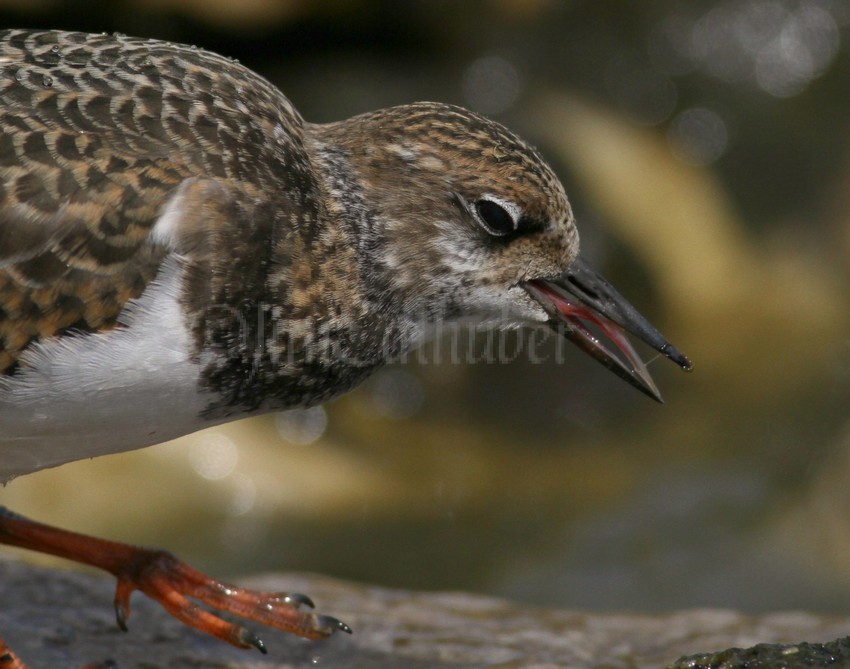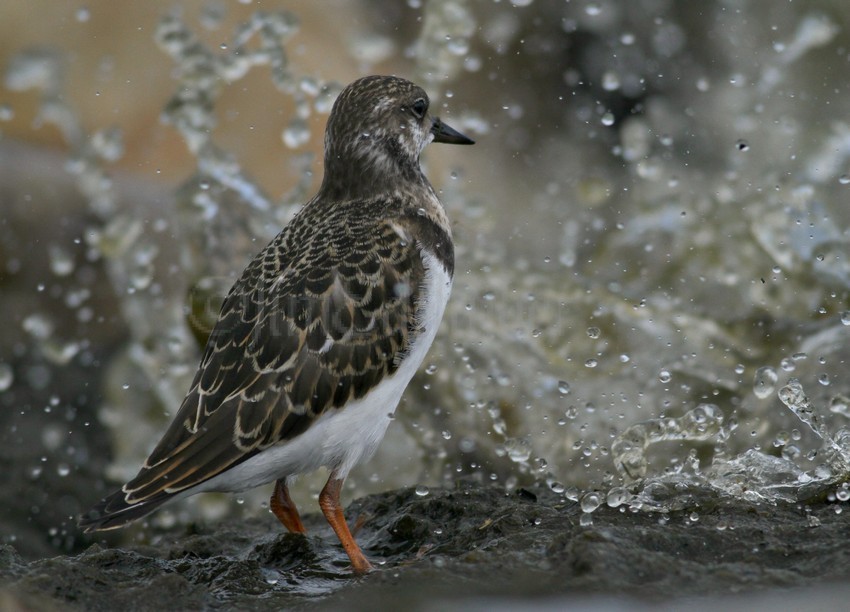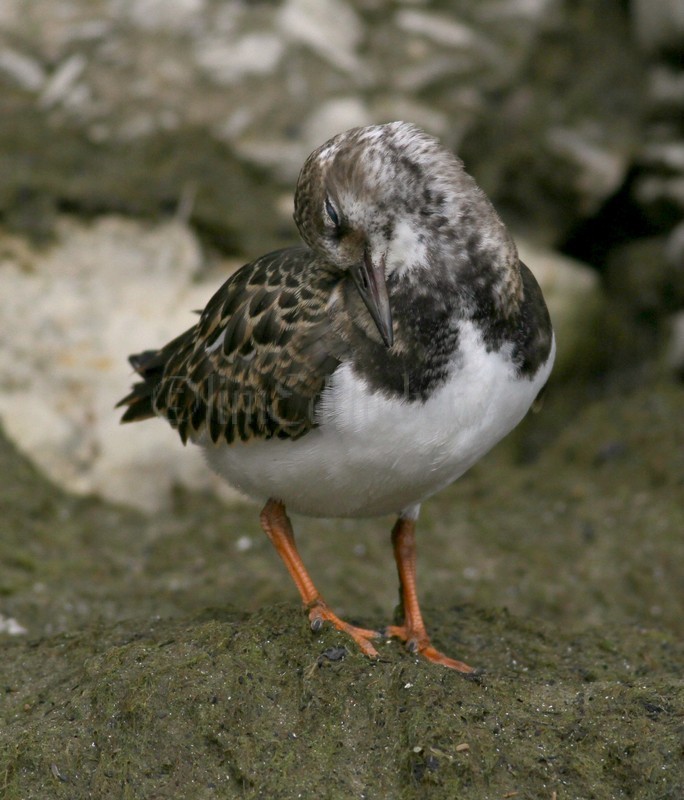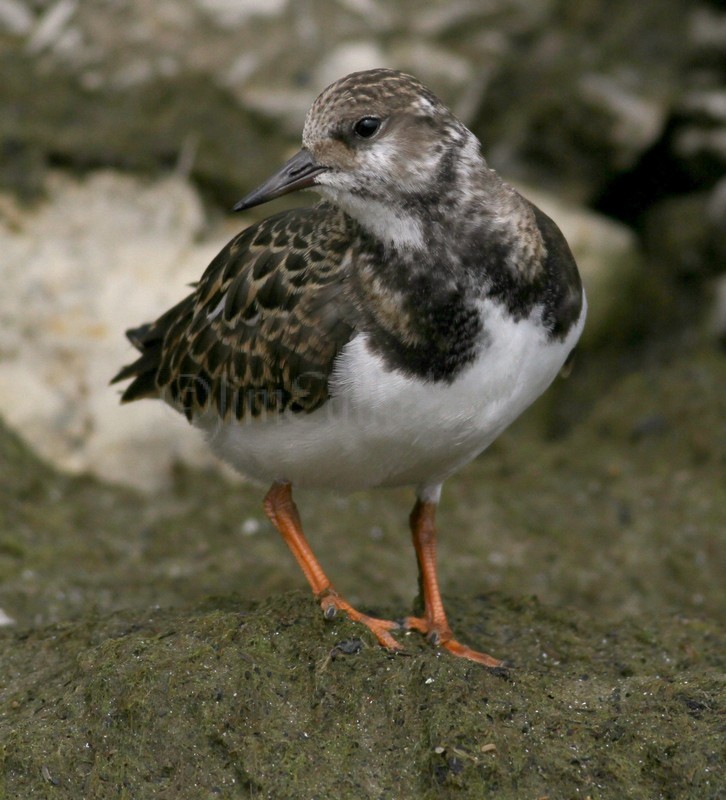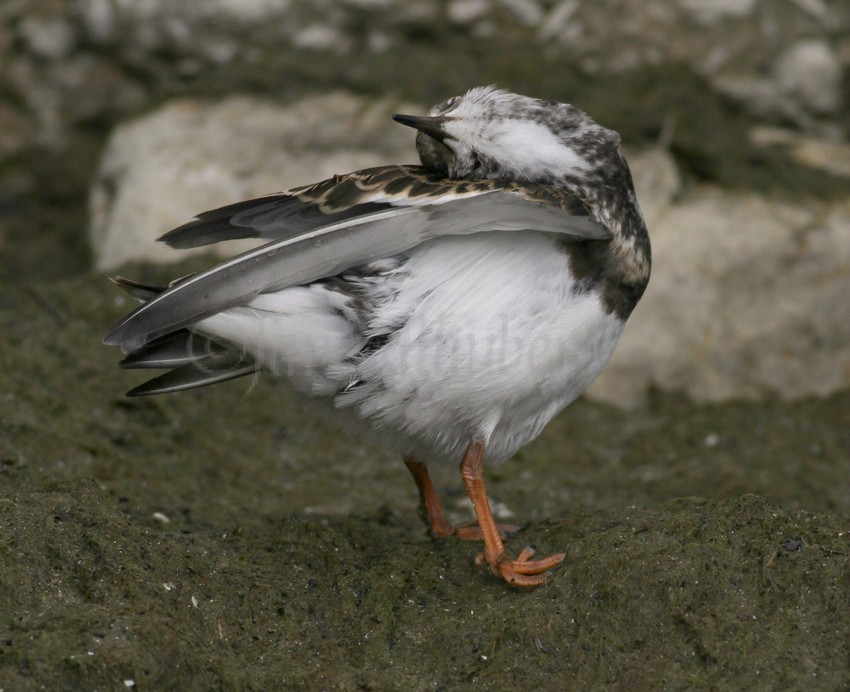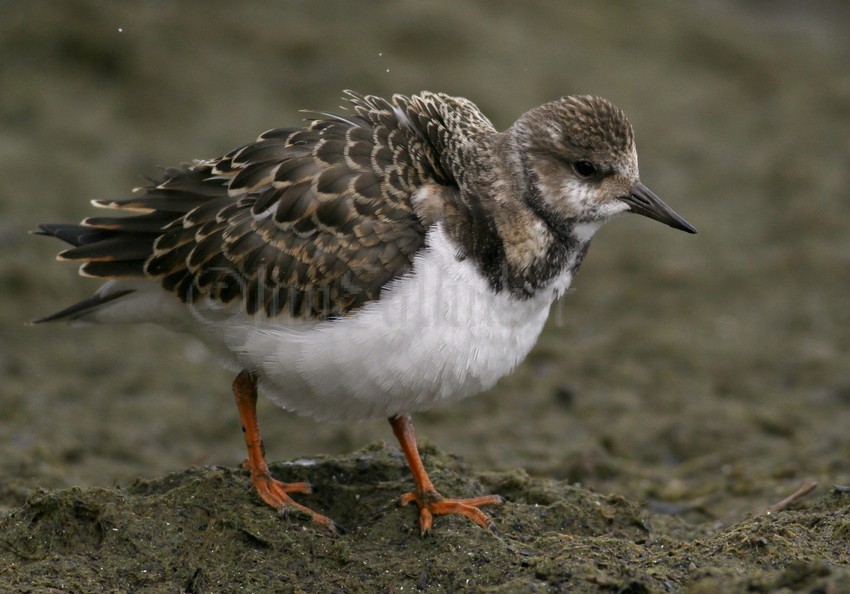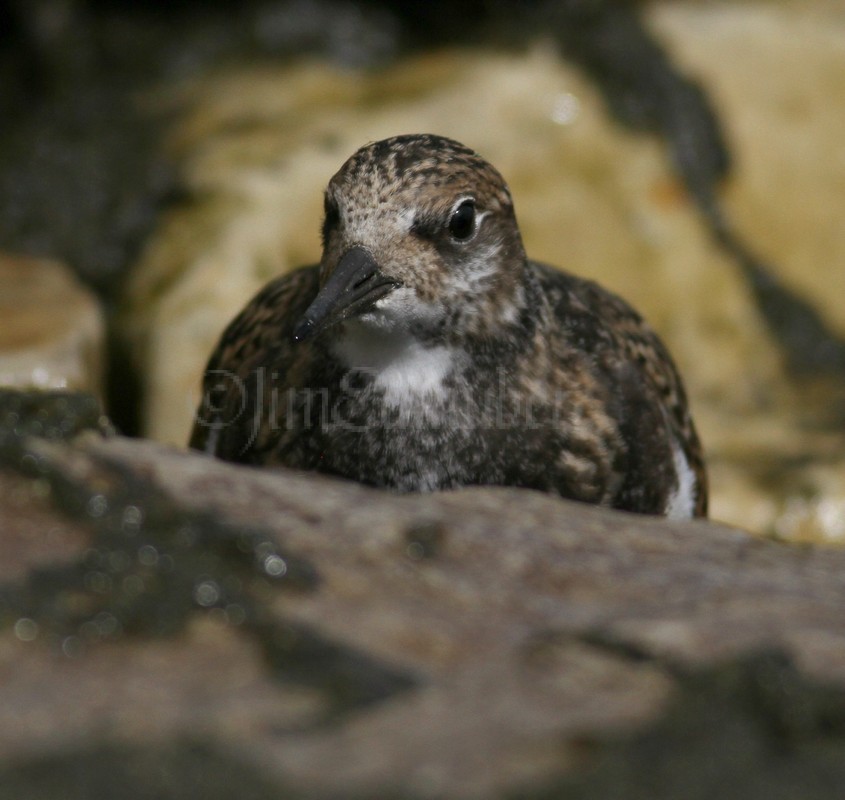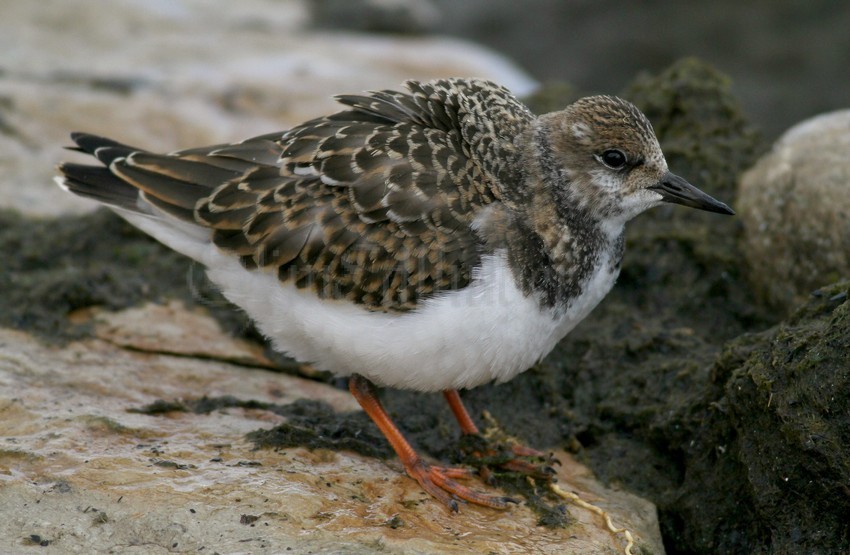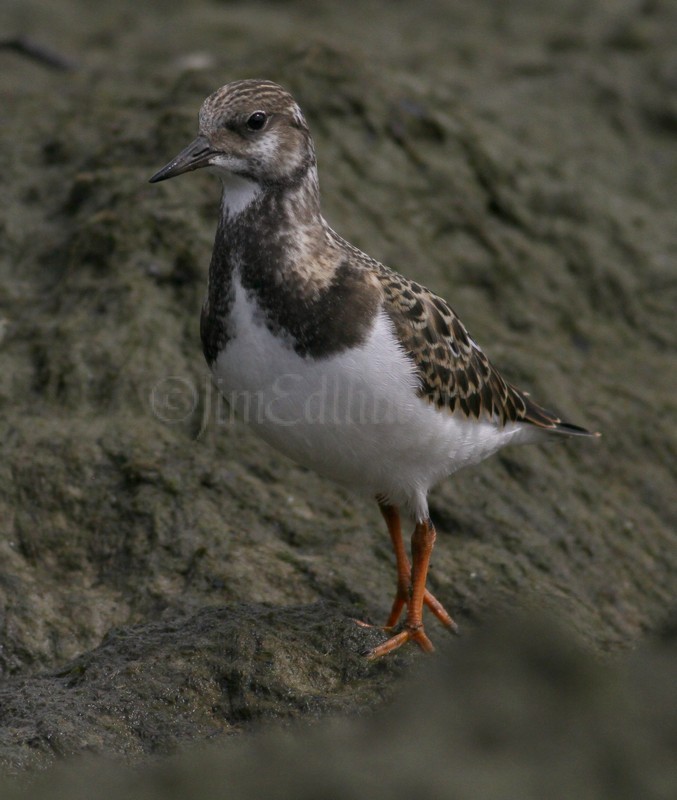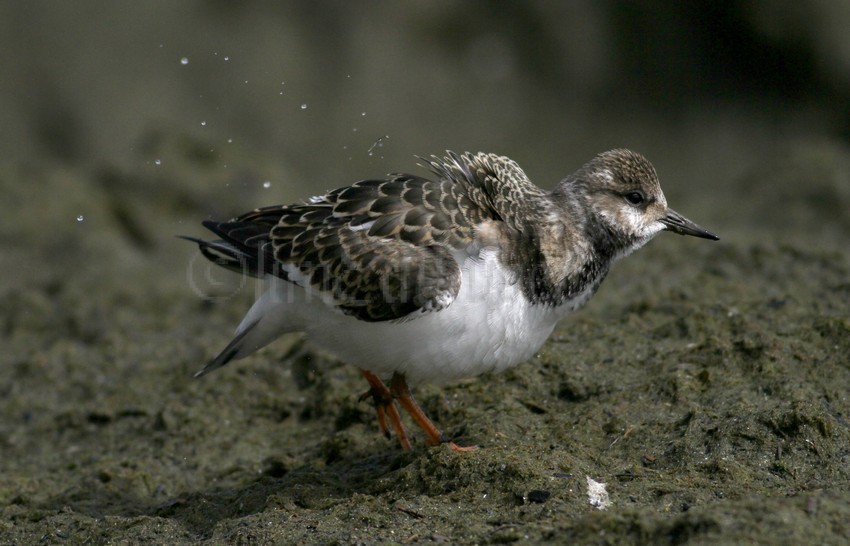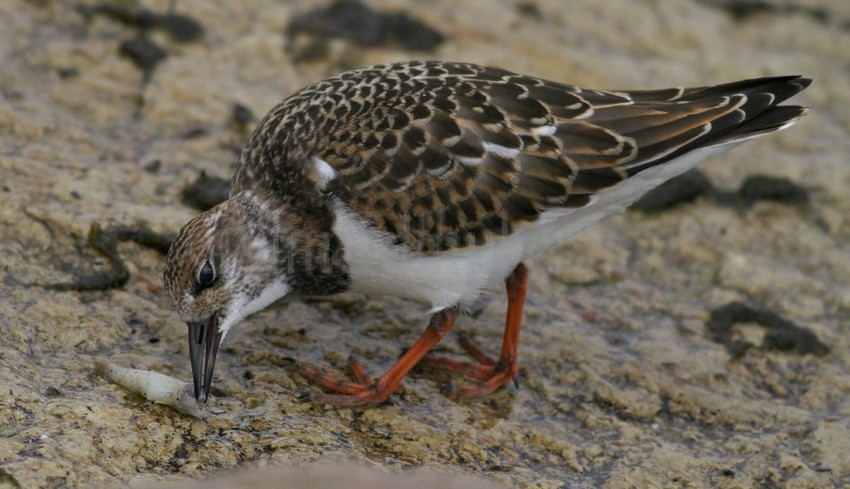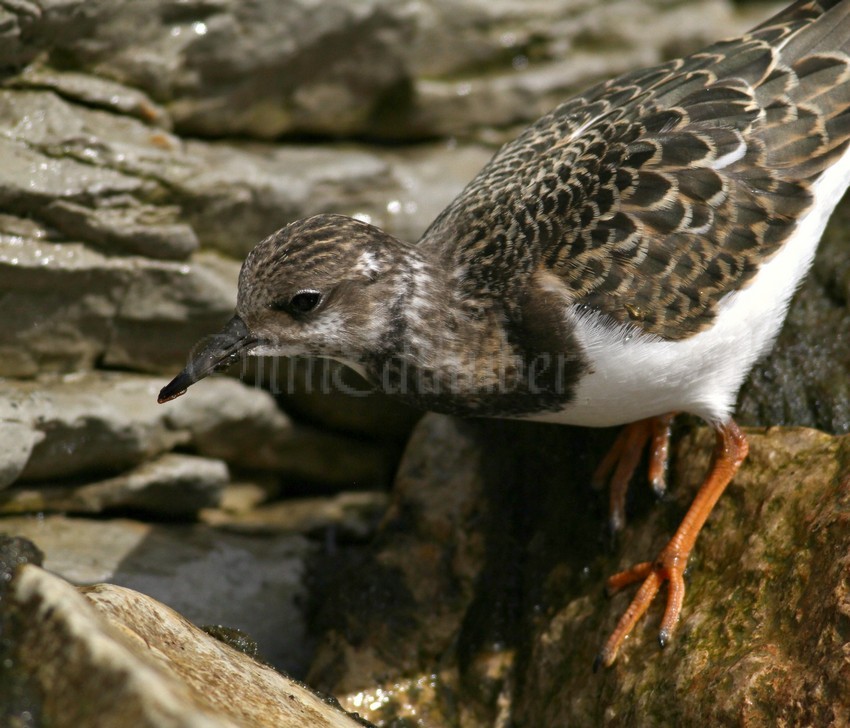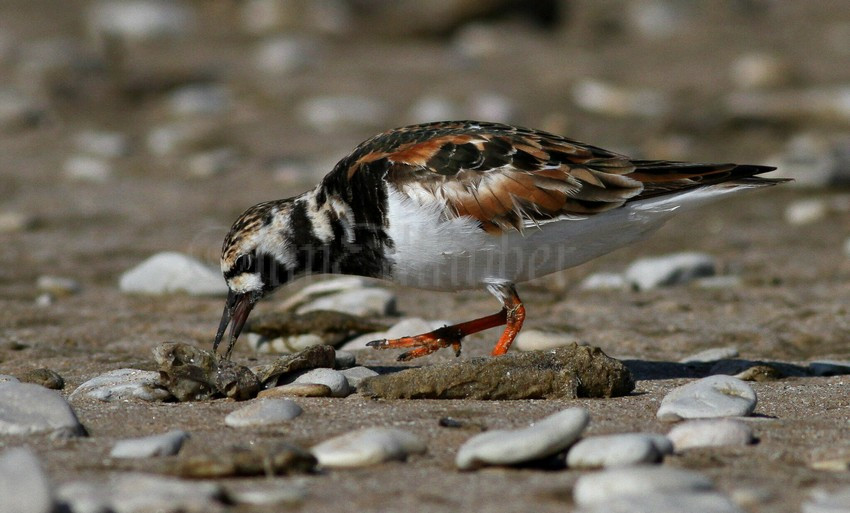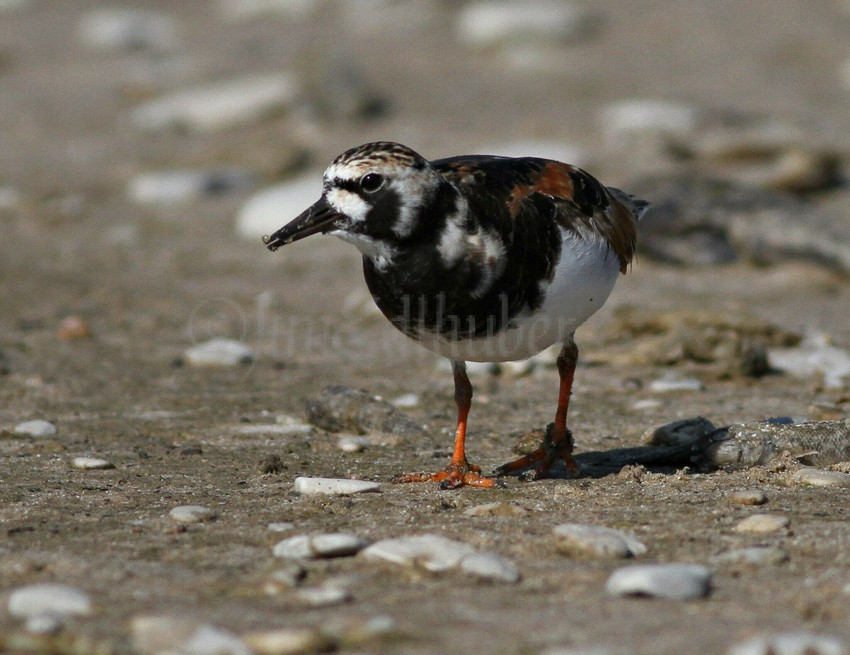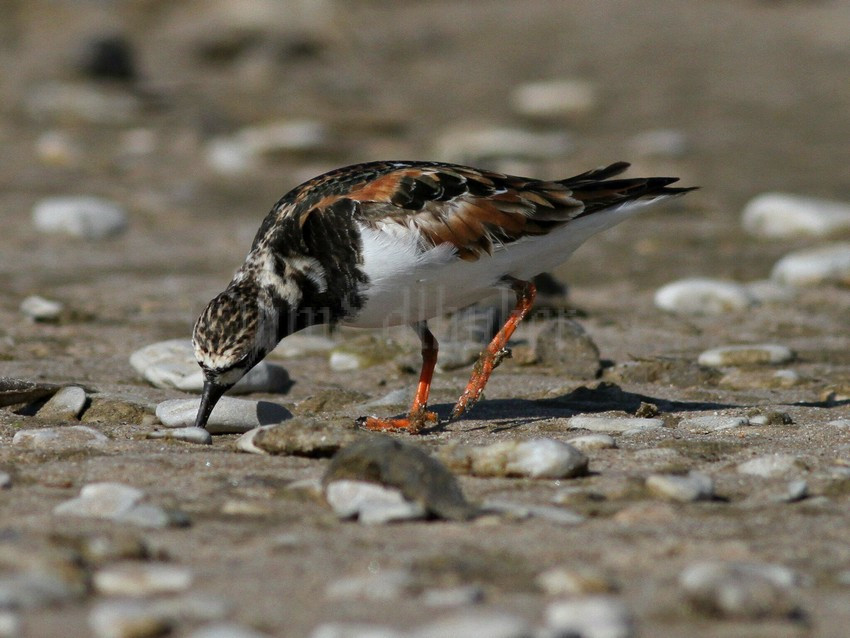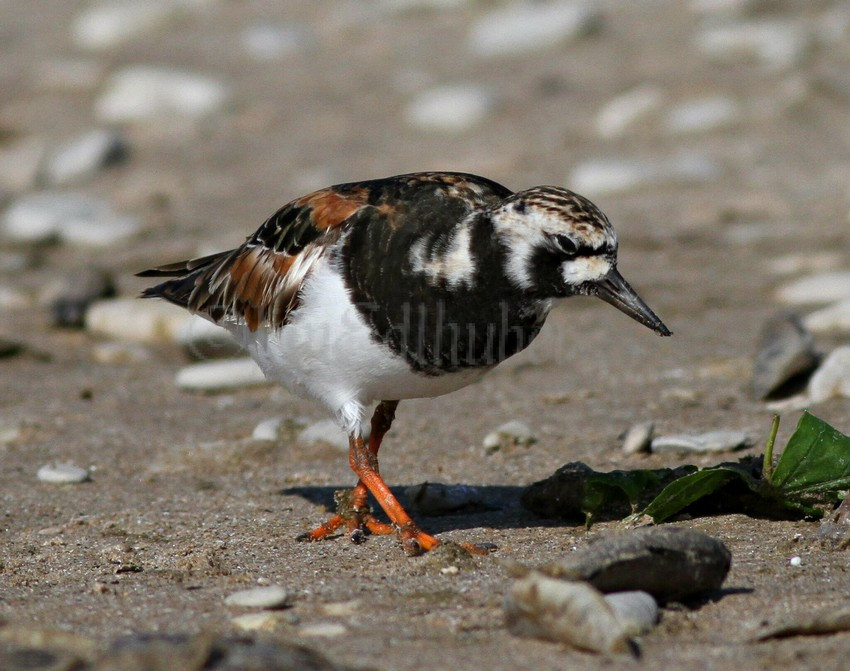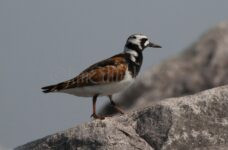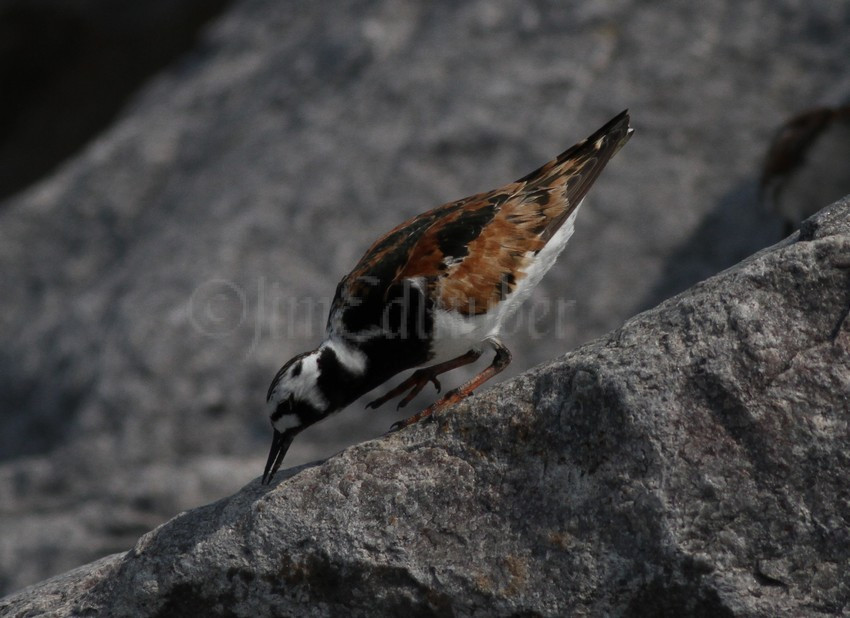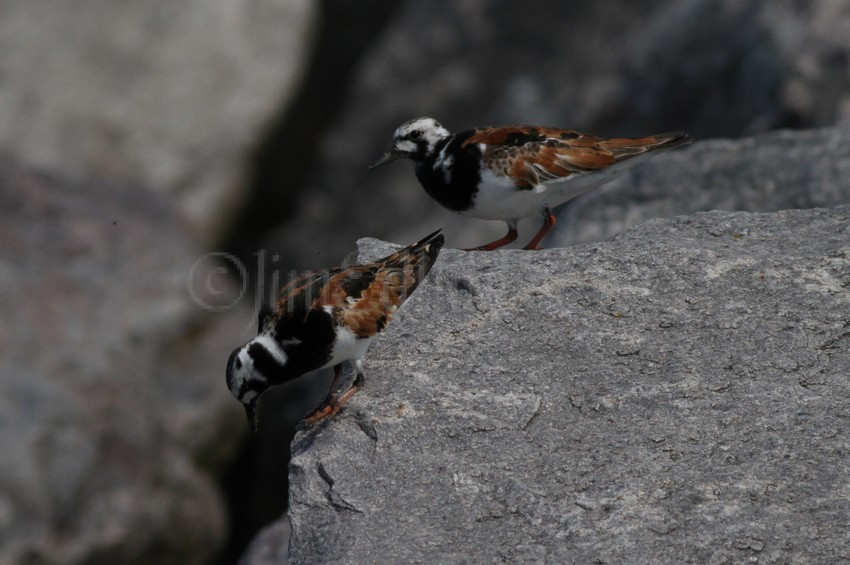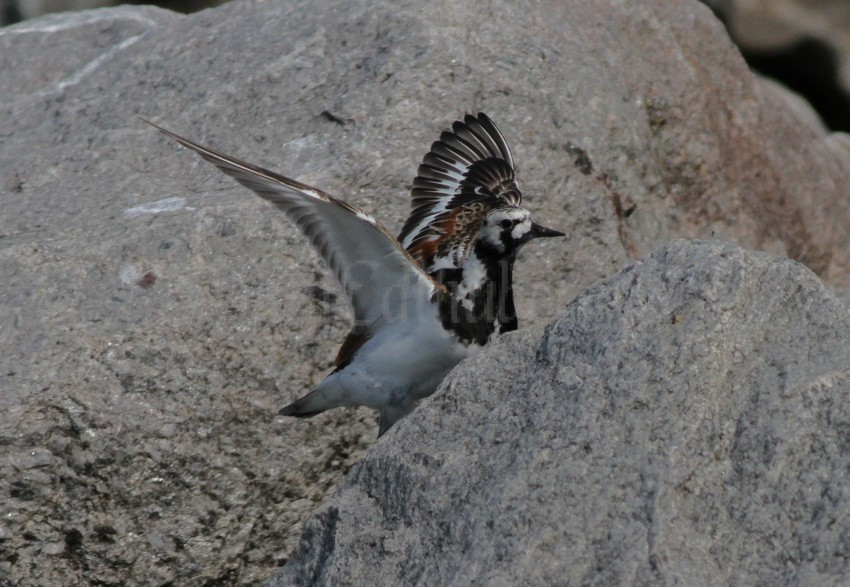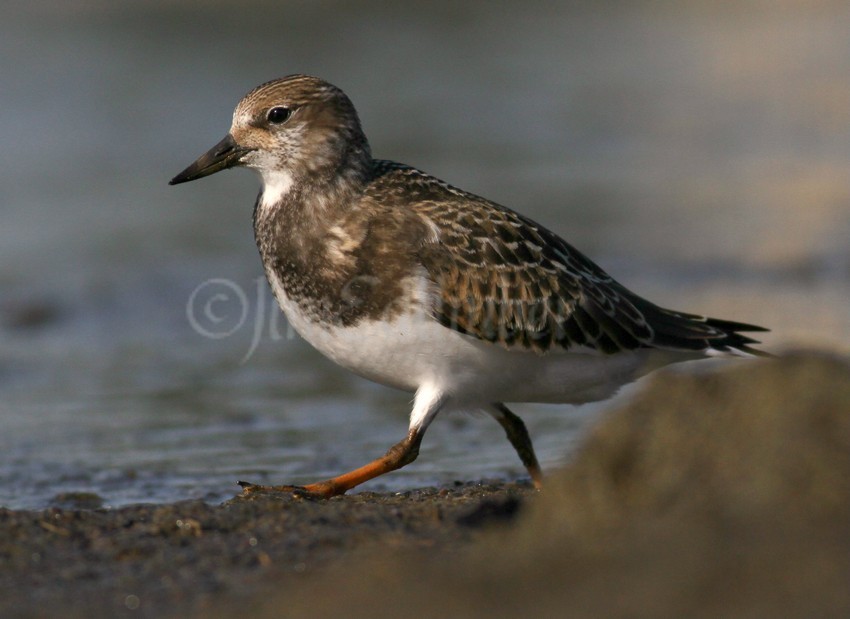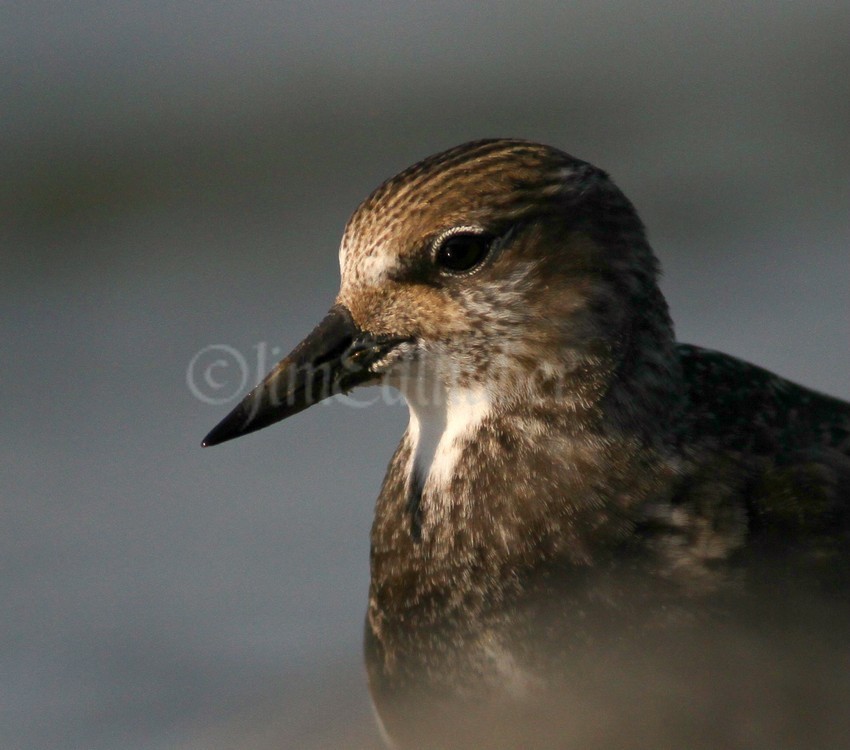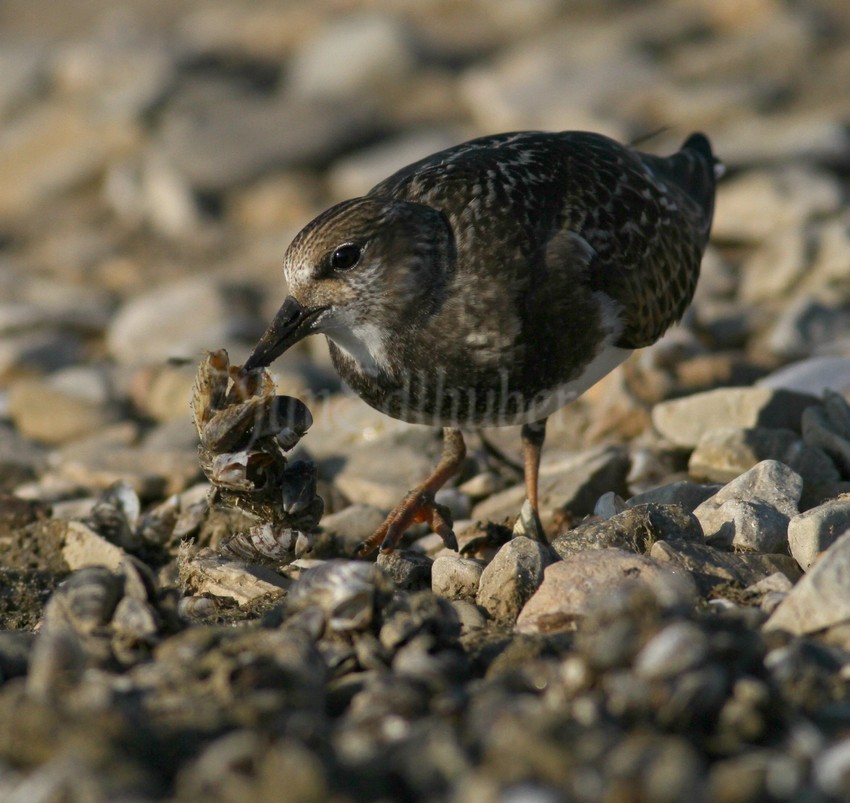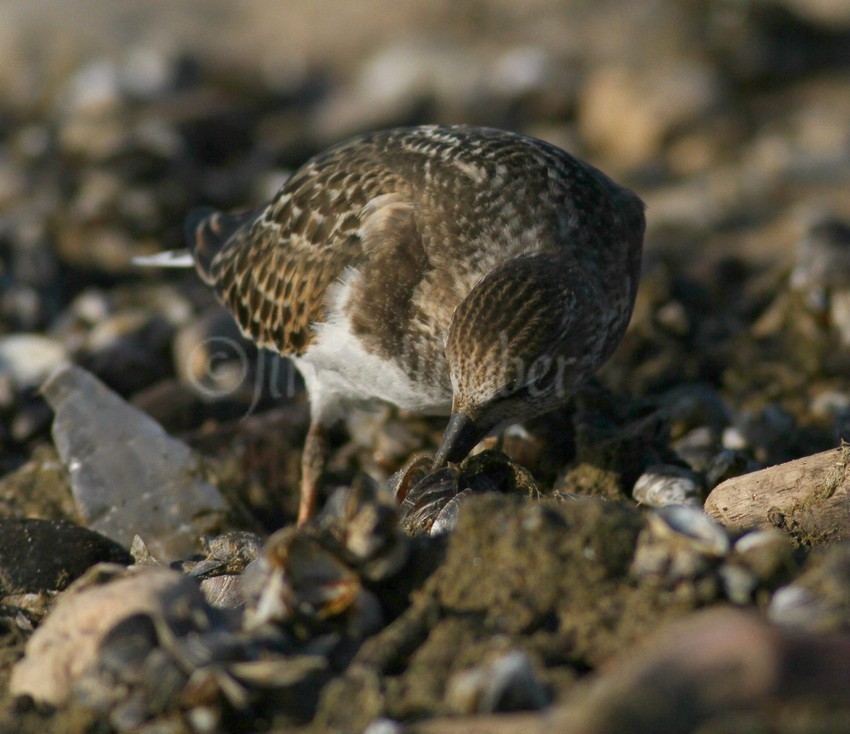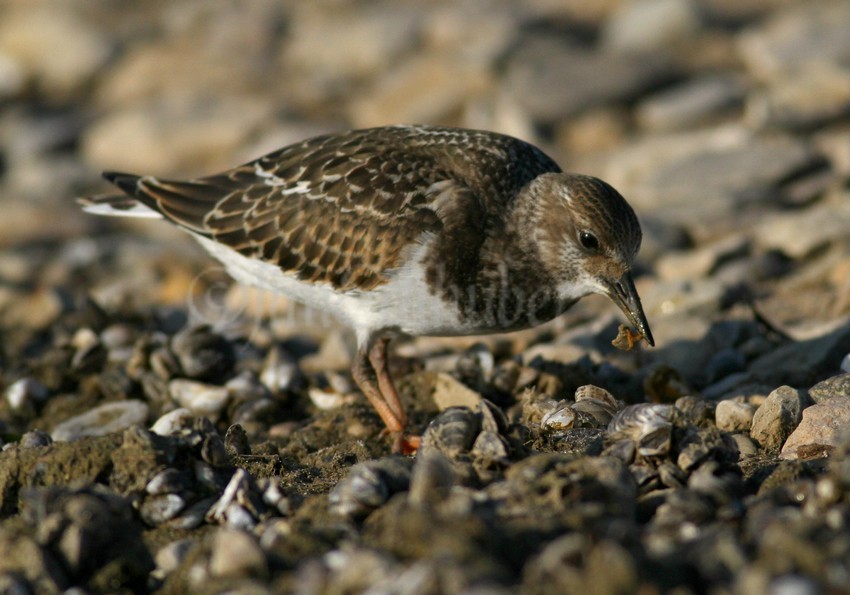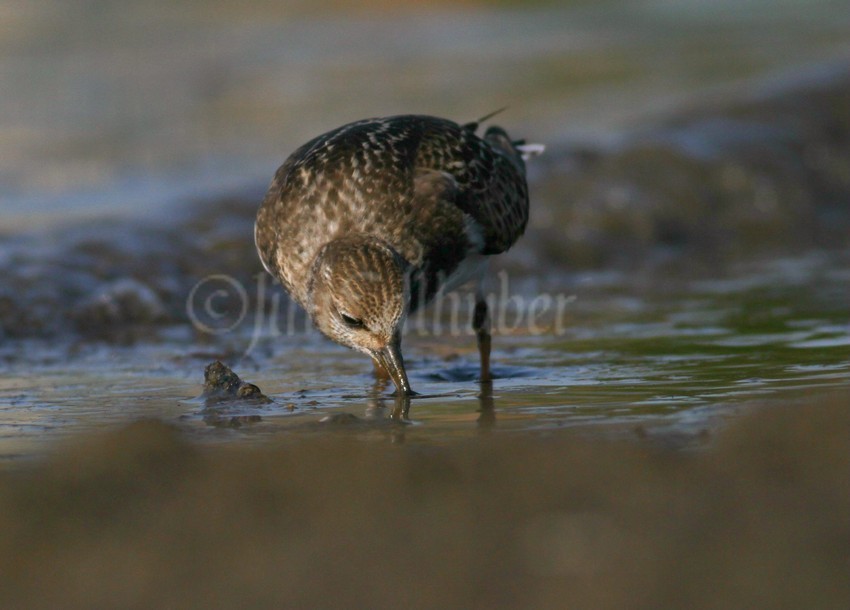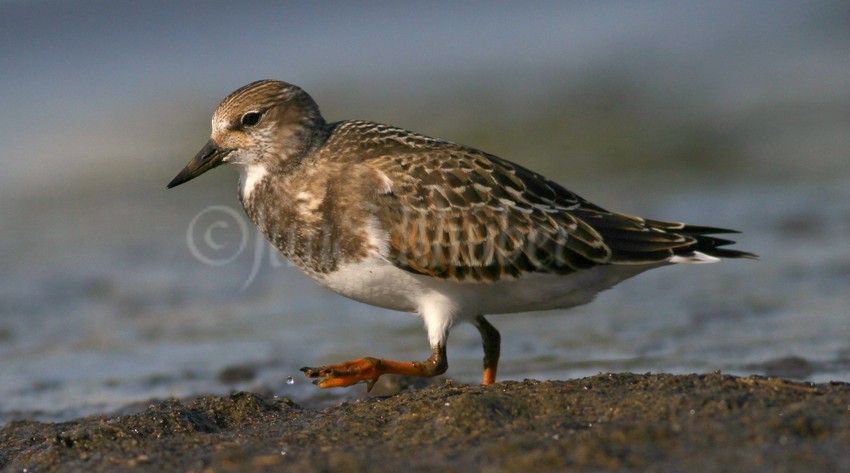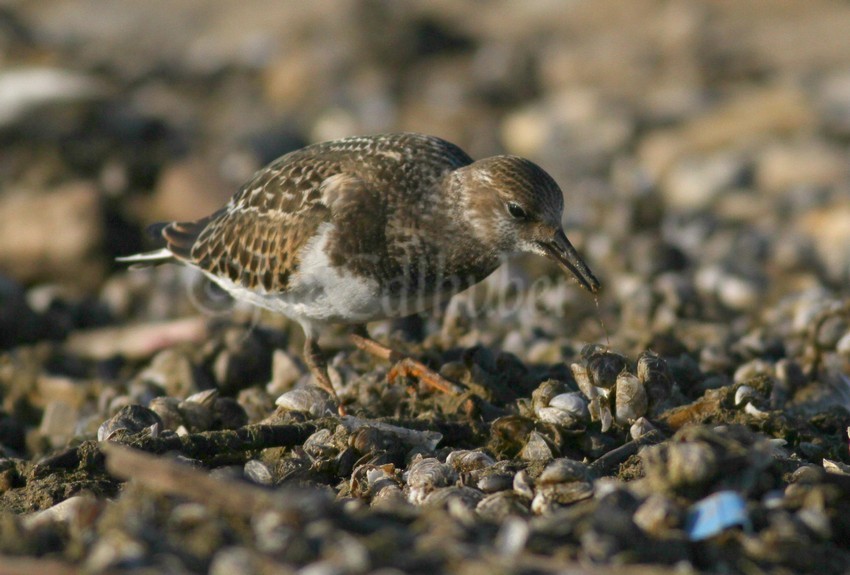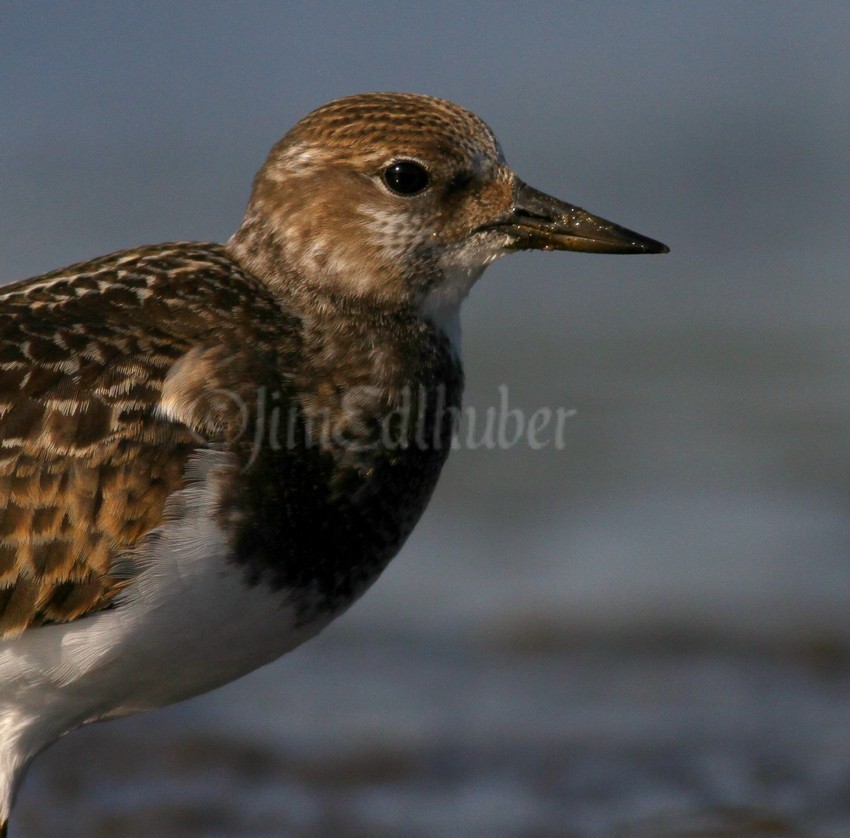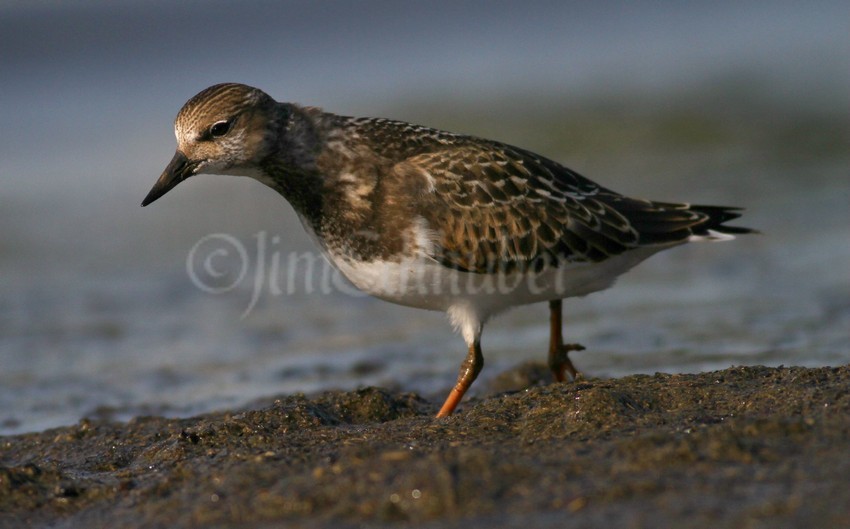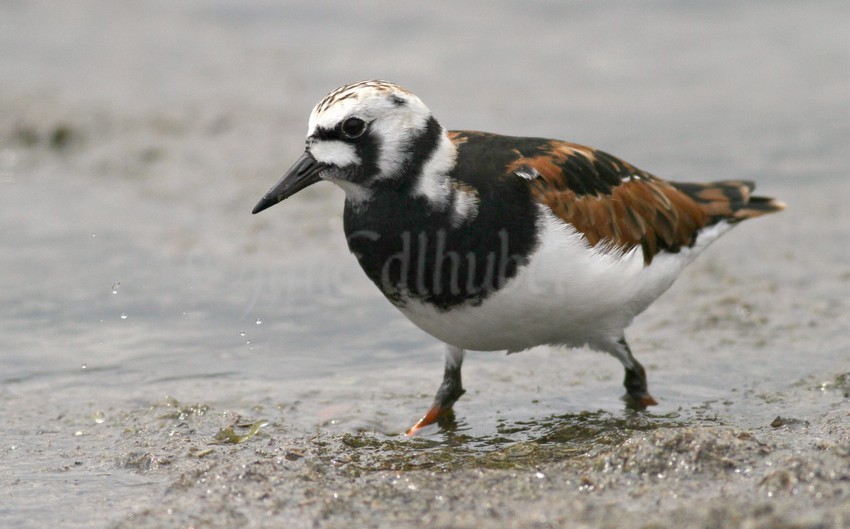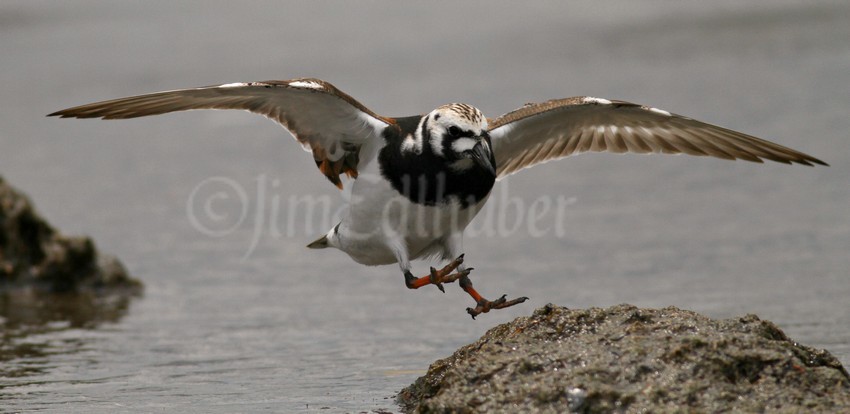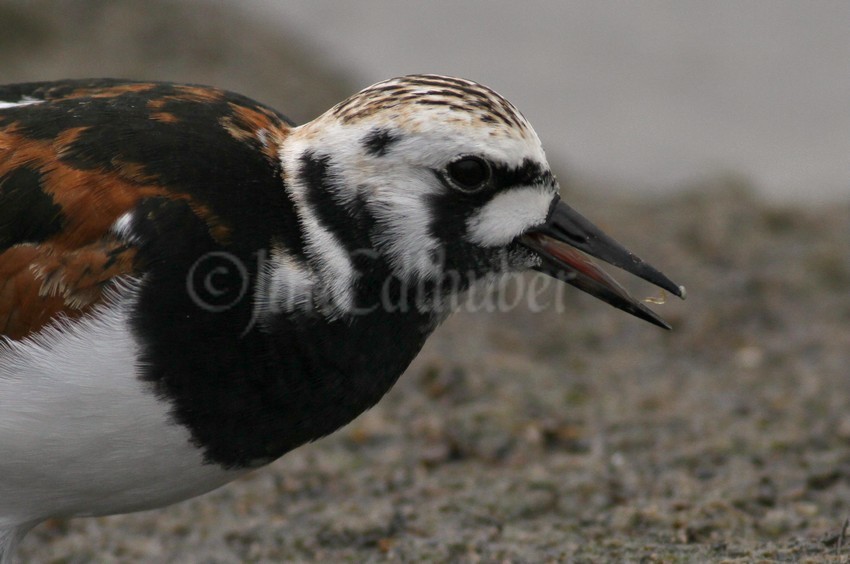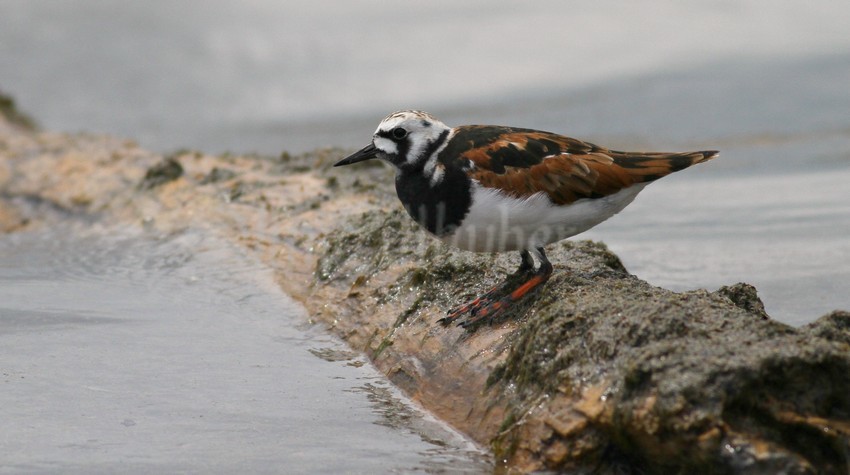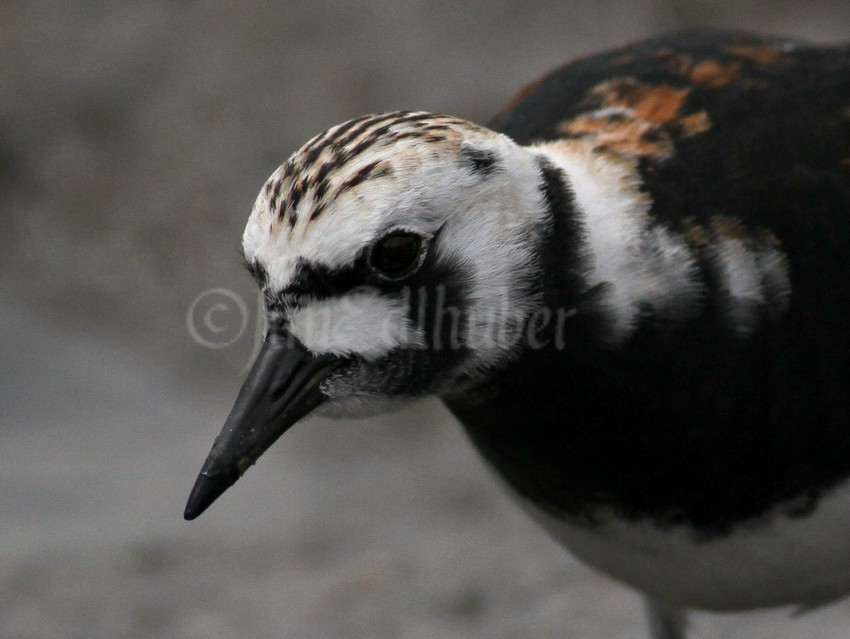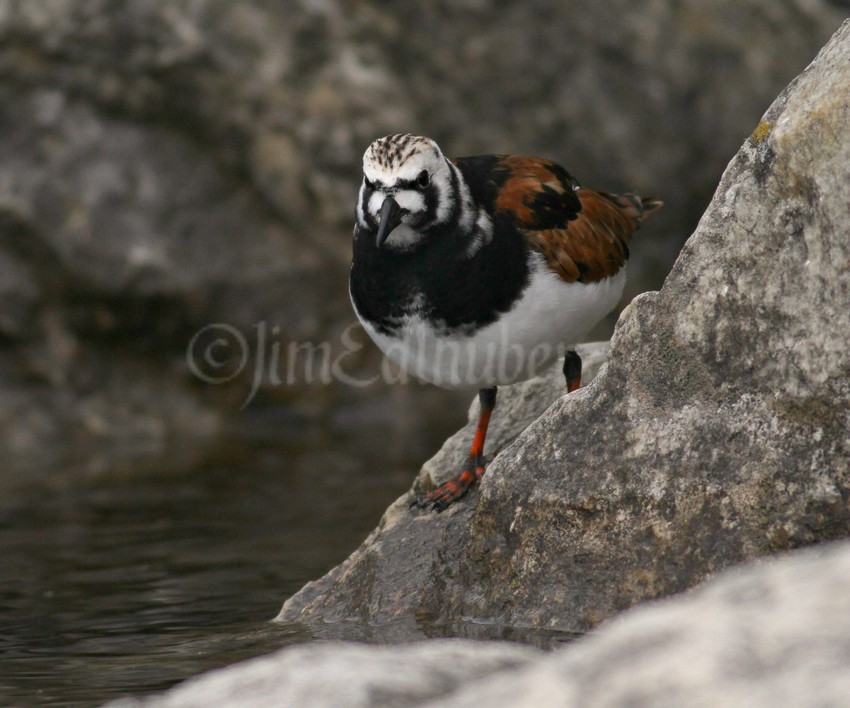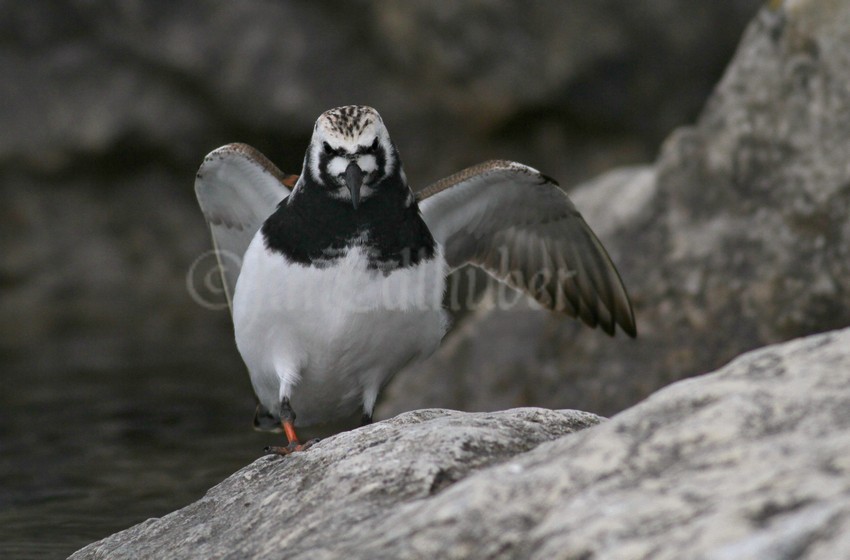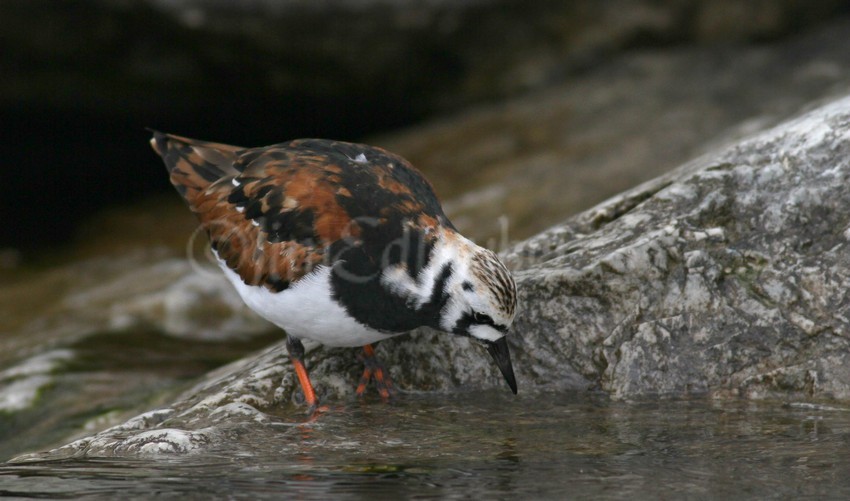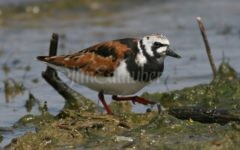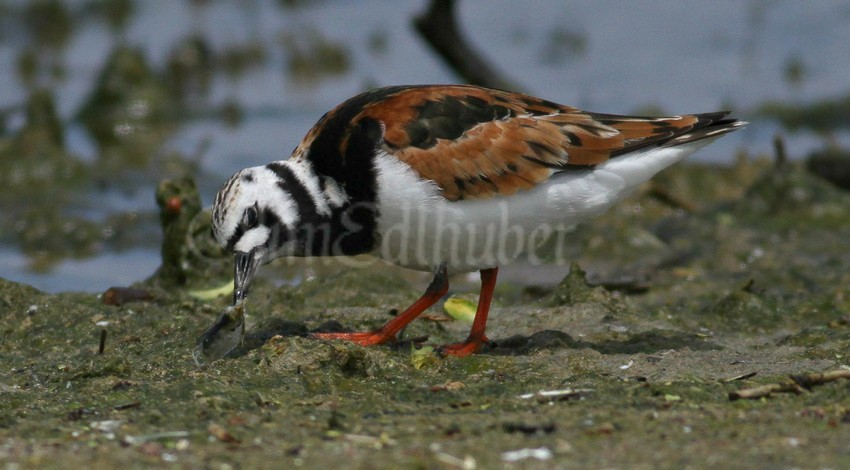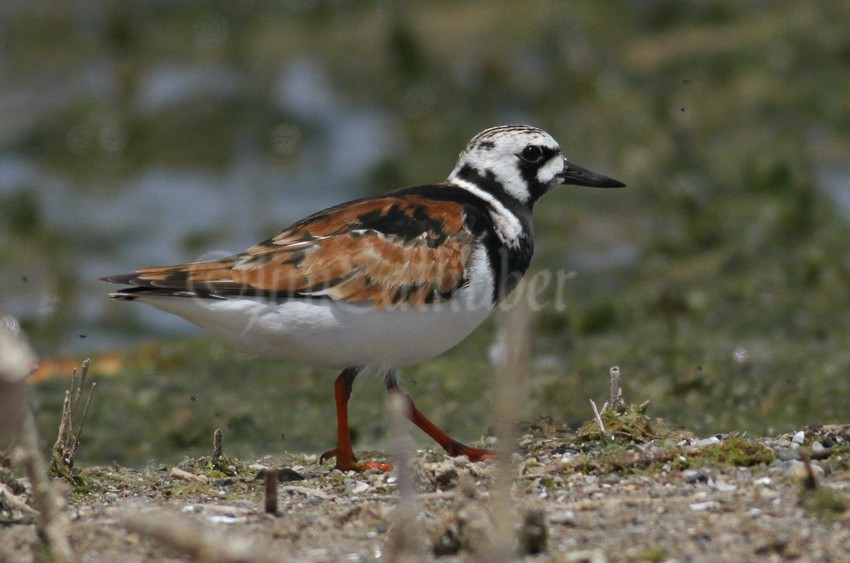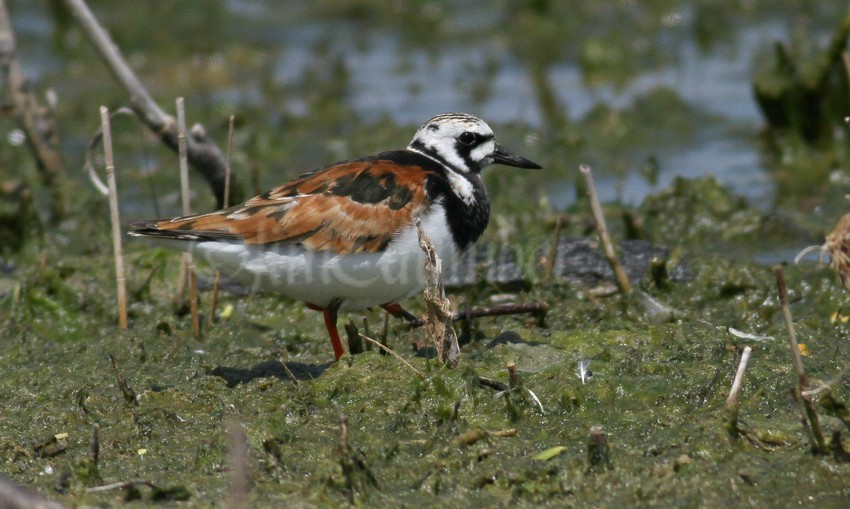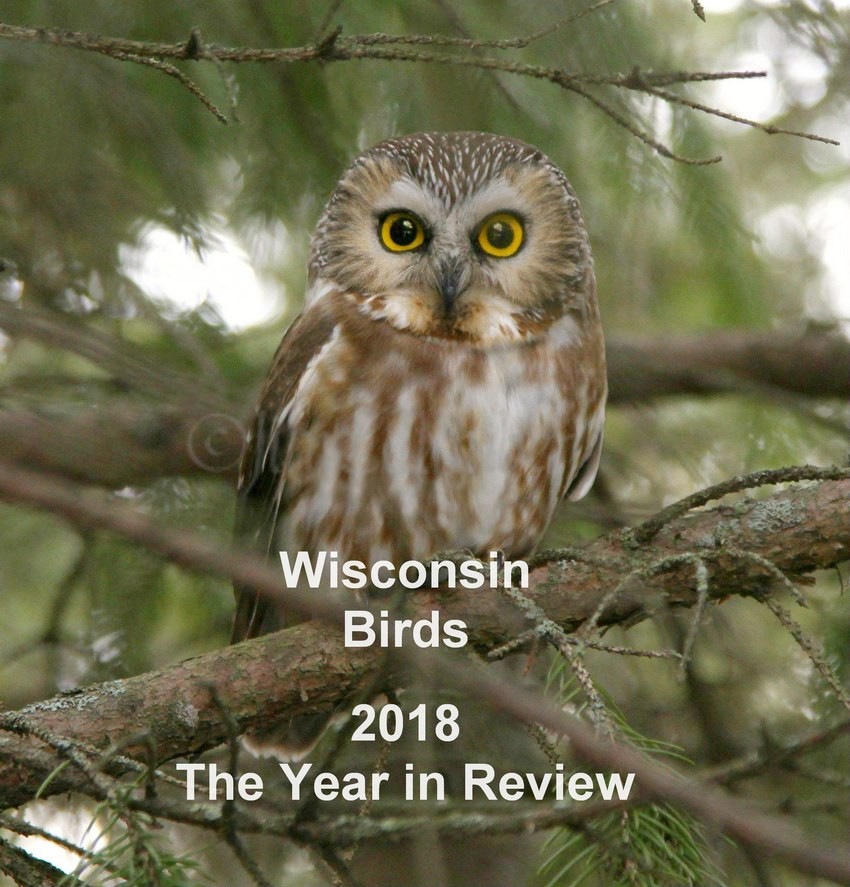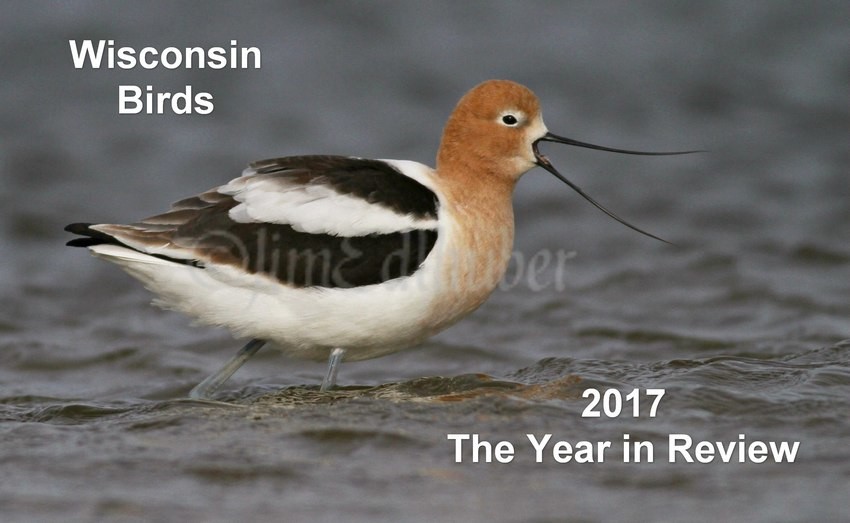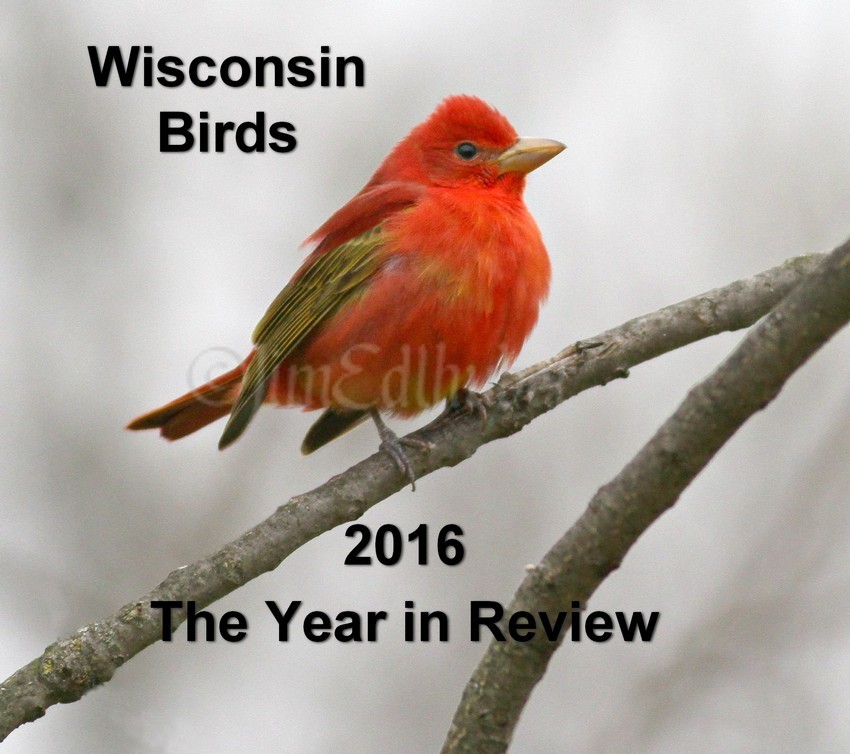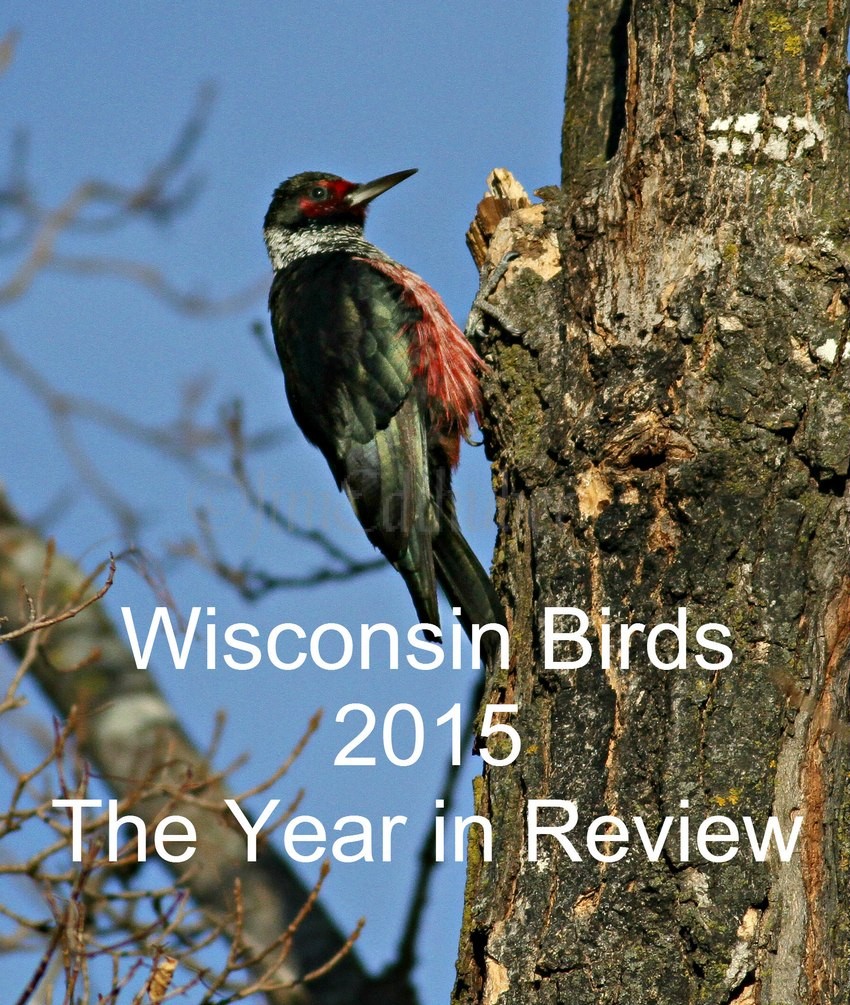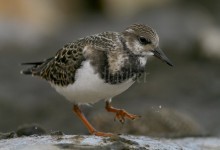
With Bradford Beach being a hotspot the last couple of weeks I made a run in to check it out. 2 Ruddy Turnstones were present which is what I had hoped to see as they have been reported on and off there. Also present were 2 Baird’s Sandpipers, ~50 Sanderlings, ~10 Bonaparte’s Gulls, Solitary Sandpiper and more. The Ruddy Turnstones were feeding all the time I was there and they were moving at a very fast pace! There was one time I caught one preening. It was a pleasant day to be out birding on the lakefront and it was also nice to touch base with a few birding friends I have not seen for awhile. Images were taken September 13, 2014.
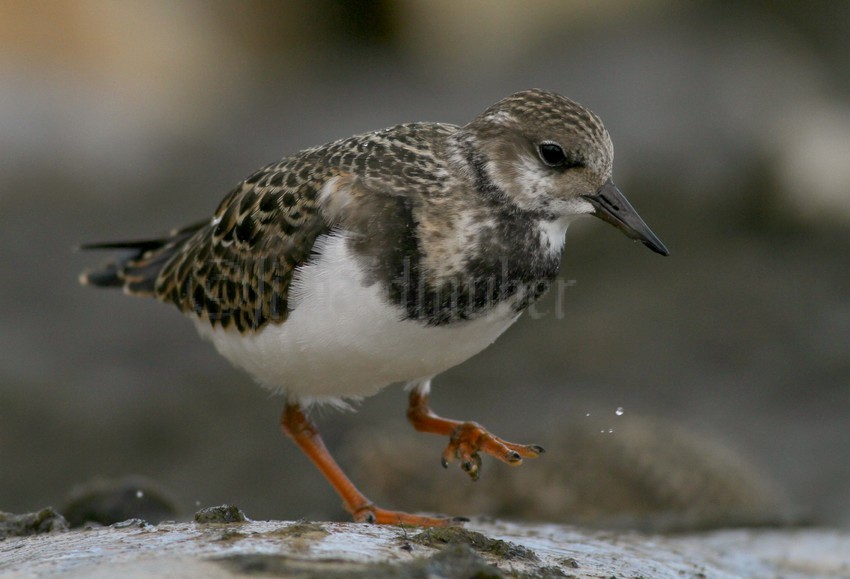
Ruddy Turnstone
Binomial name: Arenaria interpres
Category: Sandpipers, Phalaropes, and Allies
Size: 9.5” long, 21” wing span
Weight: 3.9 Oz.
Habitat: In the breeding season they can be found on rocky Arctic coasts and tundra. In migration and winters they are found on rocky shores, sand beaches and rocky mudflats. In migration they can also be found on plowed agricultural fields inland.
Diet: Ruddy Turnstones eat a variety of foods such as insects, insect larvae, worms, crustaceans, molluscs, and sometimes berries. They occasionally will eat small fish and bird eggs. Their method of catching their prey may include flipping over of stones, seaweed, and probing with its bill into the sand and mud. They also find food on the surface of rocks.
Nesting: Nest is a shallow depression on the ground lined with some vegetation build by the female. It is sometimes located hidden within rocks or underneath shrubs.

